Description
FEATURES
Grass
CHARACTERISTICS
Annual
Tall
24 – 36 Inches
8 – 12 Inches
8 – 12 Inches
Blue
Blue
Upright
Thriller
PLANT NEEDS
Part Sun to Sun
Easy
Grown for Foliage
5a, 5b, 6a, 6b, 7a, 7b, 8a, 8b, 9a, 9b
Average
Average Soil
Container
Grass
Landscape
Great in landscapes and containers.
Juncus is a warm-season grass. Warm-season grasses won’t start growing until mid to late spring or even early summer. Their major growth and flowering happens when the weather is hot. They will usually turn shades of brown for the winter.
Cut back warm season grasses in fall or by mid to late spring. Warm season grasses turn shades of brown as the weather turns colder. Once your warm season grasses turn brown you can trim them back at almost any time. If you like to tidy your garden in fall or if you live in an area where fire can be problematic trim warm season grasses so they are just a few inches tall.
If you live in an area where fire generally isn’t a problem you can leave the dried grasses and seed heads in your garden for winter interest. Snow or ice encrusted ornamental grasses can be quite beautiful.
If you leave the trimming until spring try to make sure to cut them back to the ground (you can leave a couple of inches) by late spring, before new growth begins.
Not all ornamental grasses look good through the winter, trim back those that don’t look good in the fall.
Divide warm season grasses anytime spring through mid-summer. All ornamental grasses should be divided when they are actively growing but not while they are flowering. If the plants are dormant when they are transplanted they won’t establish a good root system. Warm season grasses generally start growing in late spring or early summer and have their active growth period during the heat of the summer. Warm season grasses will tend to bloom in mid to late summer.
Despite a preference for abundant moisture, soft rush will perform surprisingly well in average garden soils as long as they receive consistent irrigation. Clumps are often slow to establish, but once established will spread by creeping rhizomes. Soft rush may be grown in tubs or containers sunk in the mud to control unwanted rhizome spread. Plants will also naturalize by self-seeding. In cold climates, clumps die to the ground in winter. Cut back old foliage in early spring


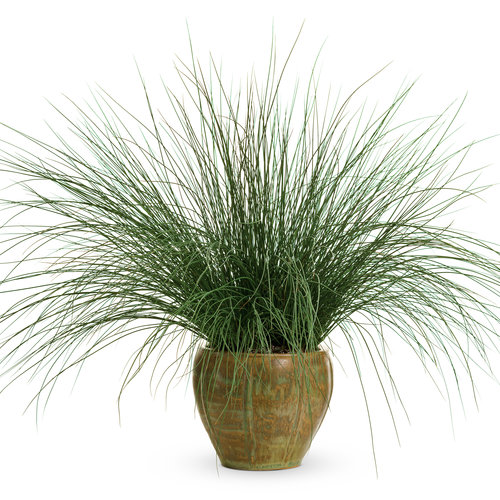
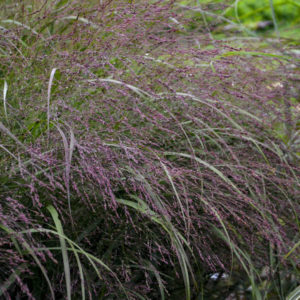
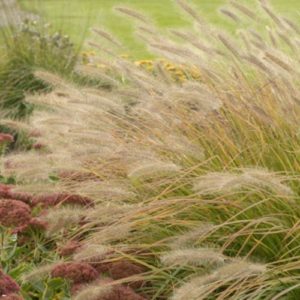
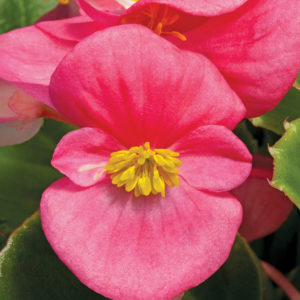
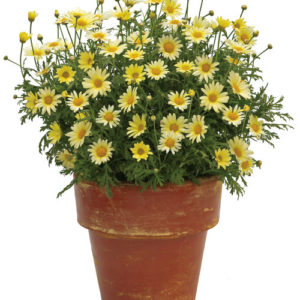
 PLANTS!
PLANTS!